43 reducing fractions to lowest terms worksheet with answers
Directions: Change the following fractions to ratios reduces to lowest terms. The problem: (3/8)/(1/4) What I did: (3/8)/(1/4) = (3/8)x(4/1) = 3/2 Final ratio = 3:2 Is this right? I always get lost on these. How do I combine these fractions? (2a + 2h + 1) / (a + h + 3) - (2a + 1) / (a + 3) So the second fraction has a + 3 that the first fraction has, but is missing the + h. What am I able to multiply to the second fraction to add that + h?
Hi all, Do we have to reduce fractions to their simplest forms when the GRE asks for write-in fraction answers? I assume that we do not, but I thought I would check with this community before applying this to my GRE prep routine.

Reducing fractions to lowest terms worksheet with answers
Can someone help me understand where I went wrong? I'm working through example 1C in this page of Paul's Online Math Notes, and while I was able to factor the numerator correctly, my mind blanked when I saw the denominator. I tried combining all of that, and I ended up with x\^24+x\^3 as the denominator. When I looked at the solution, this was, of course, wrong. Paul's notes say the denominator was already factored. How can I help my brain understand that the next time that I see it vs. trying t... Hello. I'm getting ready for my assessment for college. I have 7 days to prepare. One Question I'm stuck on that just doesn't make any sense to me. Question # 4. http://imgur.com/LJyDMa0 It says the answer is (D) But I solved it then I simplified and got: 1(5/9) as the answer. I have the fraction: (a^3 -b^3 )/(a^2 -b^2 ) I see that I can expand the numerator to: (a-b)(a^2 +b^2 +ab) and the denominator to: (a-b)(a+b) therefore, the fraction is now: (a^2 +b^2 +ab)/(a+b) However, I've been told that it can be factored even further to: a+b-ab/(a+b) by reduction to common denominator. How is this done?
Reducing fractions to lowest terms worksheet with answers. Title This is a problem in my textbook for pre-algebra. The examples in the book do not help because they reference whole numbers, and this is less than a whole number, and every google search I come across thinks i'm talking about 3/4 or 75% and this is not that. The answer in the back of the textbook came out to 3/400 and I have no idea how to get there. Please help! I've tried to move the decimal over and make it .0075/10000, ive tried to multiply the numerator and denominator of .75/100 by 100, th... Oh well, hindsight is 1. Hi everyone! I would like to first extract repeating n-word-long terms from within a single sentence using Gensim's [Phrases](https://radimrehurek.com/gensim/models/phrases.html), then use those to get rid of duplicates within sentences. Like below. Notice how anything that repeats more than once in a row is reduced down to **one single occurrence**, independently of how many words are in the repeated term such as "testing again here" at the end. >Input: "Testing testing test this test this...
I cant any programs for a greatest reduced root with the answer given as a fraction can someone help? What are some methods of reducing improper fractions to lowest terms? I know "how" to do it, but I keep making mistakes. My brain locks up! 108/63, for example. I have no number sense of whether that is in lowest terms or not, or how to get there if it isn't. Hello, We are creating a sparse training library for Pytorch. Sparse training is when only a fraction of the total parameters go through a forwards pass / backwards pass / update during each step. Having **all** parameters takes up a lot of GPU memory, and in some cases may limit the total number of parameters your system can hold. By having the parameters stored on disk when not in use, that would significantly reduce the GPU memory used at any given instance, allowing you to use many more pa... Oh well, hindsight is 1.
I have tried some things in the custom category but it doesnt seem to work. ###/25 gives me only 14/25. So it rounds the numerator. Been googling for like 1.5 hours and didnt find anything. So help would be really appreciated :) ​ Edit: These values should be valid numbers which i can display in a graph, not just strings I have the fraction: (a^3 -b^3 )/(a^2 -b^2 ) I see that I can expand the numerator to: (a-b)(a^2 +b^2 +ab) and the denominator to: (a-b)(a+b) therefore, the fraction is now: (a^2 +b^2 +ab)/(a+b) However, I've been told that it can be factored even further to: a+b-ab/(a+b) by reduction to common denominator. How is this done? Hello. I'm getting ready for my assessment for college. I have 7 days to prepare. One Question I'm stuck on that just doesn't make any sense to me. Question # 4. http://imgur.com/LJyDMa0 It says the answer is (D) But I solved it then I simplified and got: 1(5/9) as the answer. Can someone help me understand where I went wrong? I'm working through example 1C in this page of Paul's Online Math Notes, and while I was able to factor the numerator correctly, my mind blanked when I saw the denominator. I tried combining all of that, and I ended up with x\^24+x\^3 as the denominator. When I looked at the solution, this was, of course, wrong. Paul's notes say the denominator was already factored. How can I help my brain understand that the next time that I see it vs. trying t...
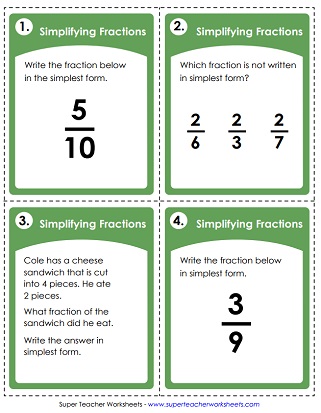
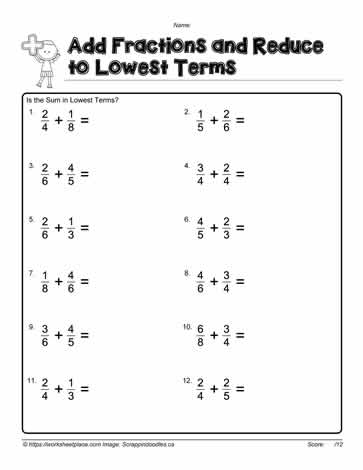

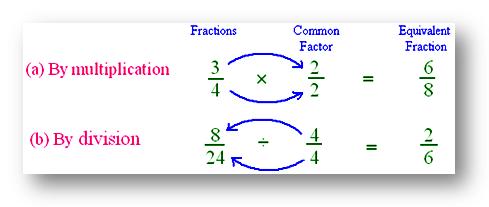

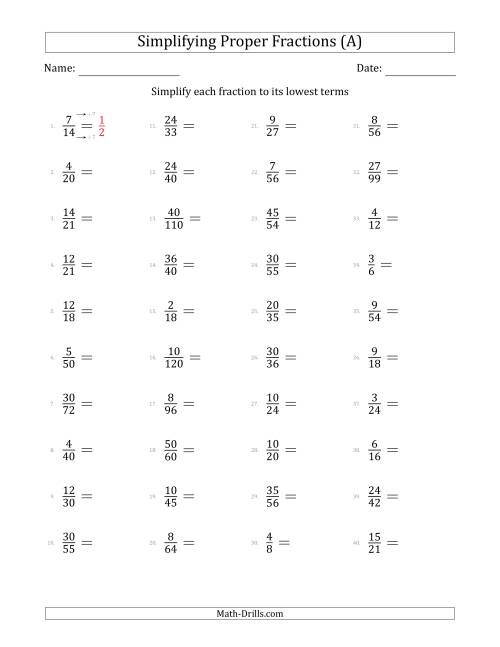
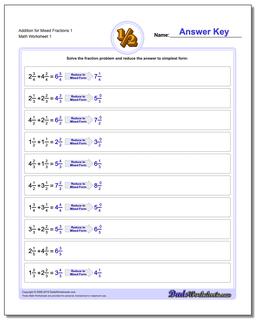

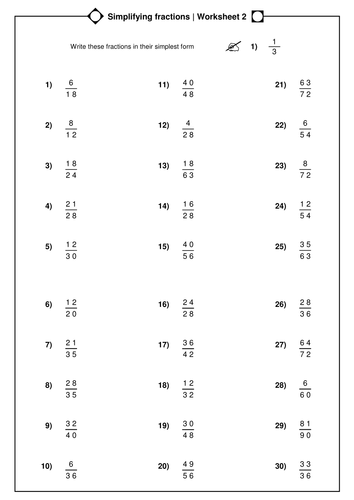

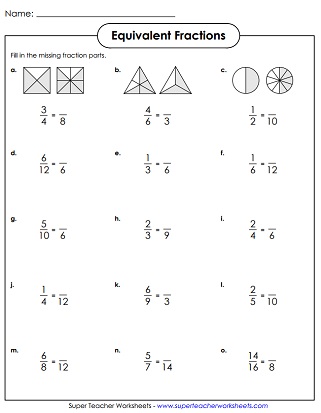

:max_bytes(150000):strip_icc()/Reduce-Fractions-1-56a602993df78cf7728ae238.jpg)
.gif)
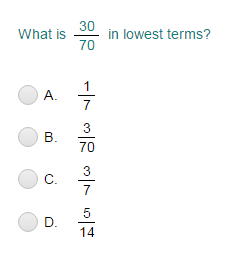
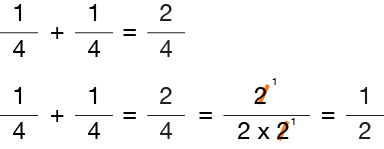
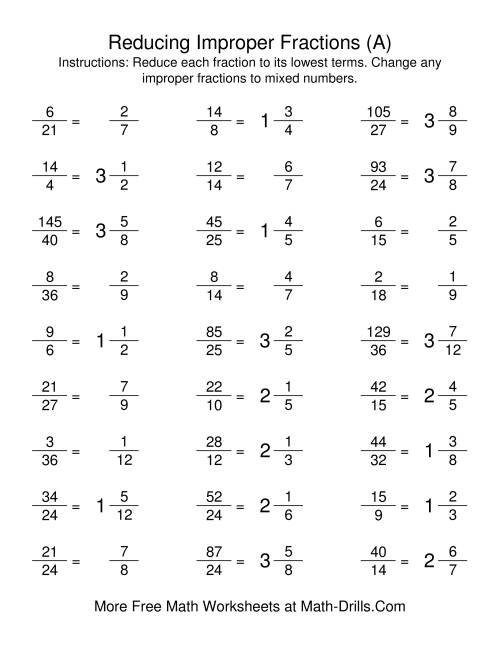
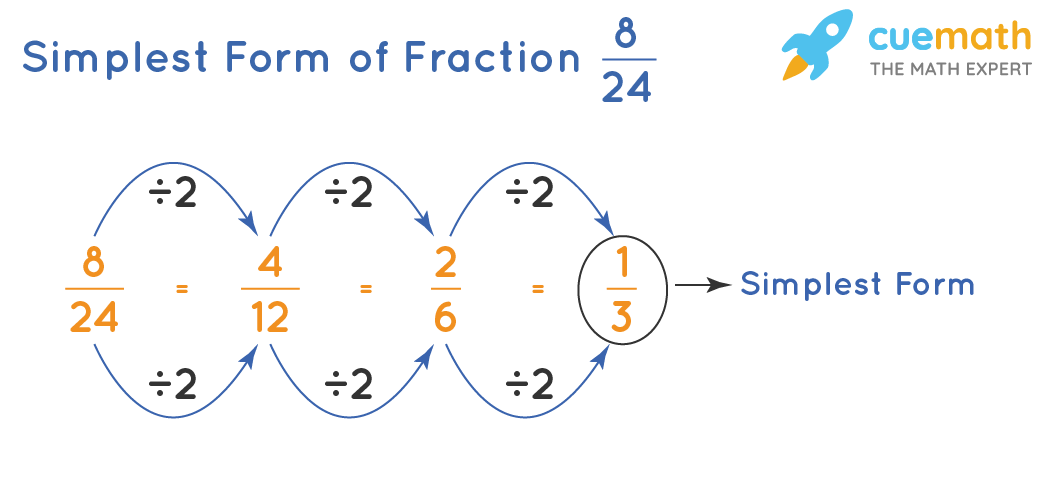
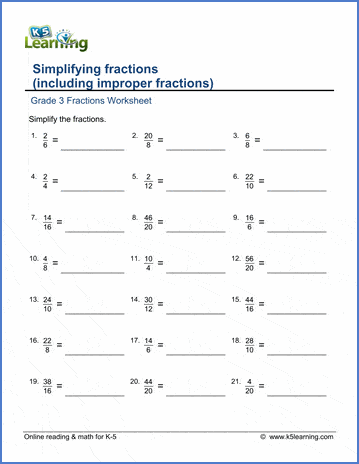
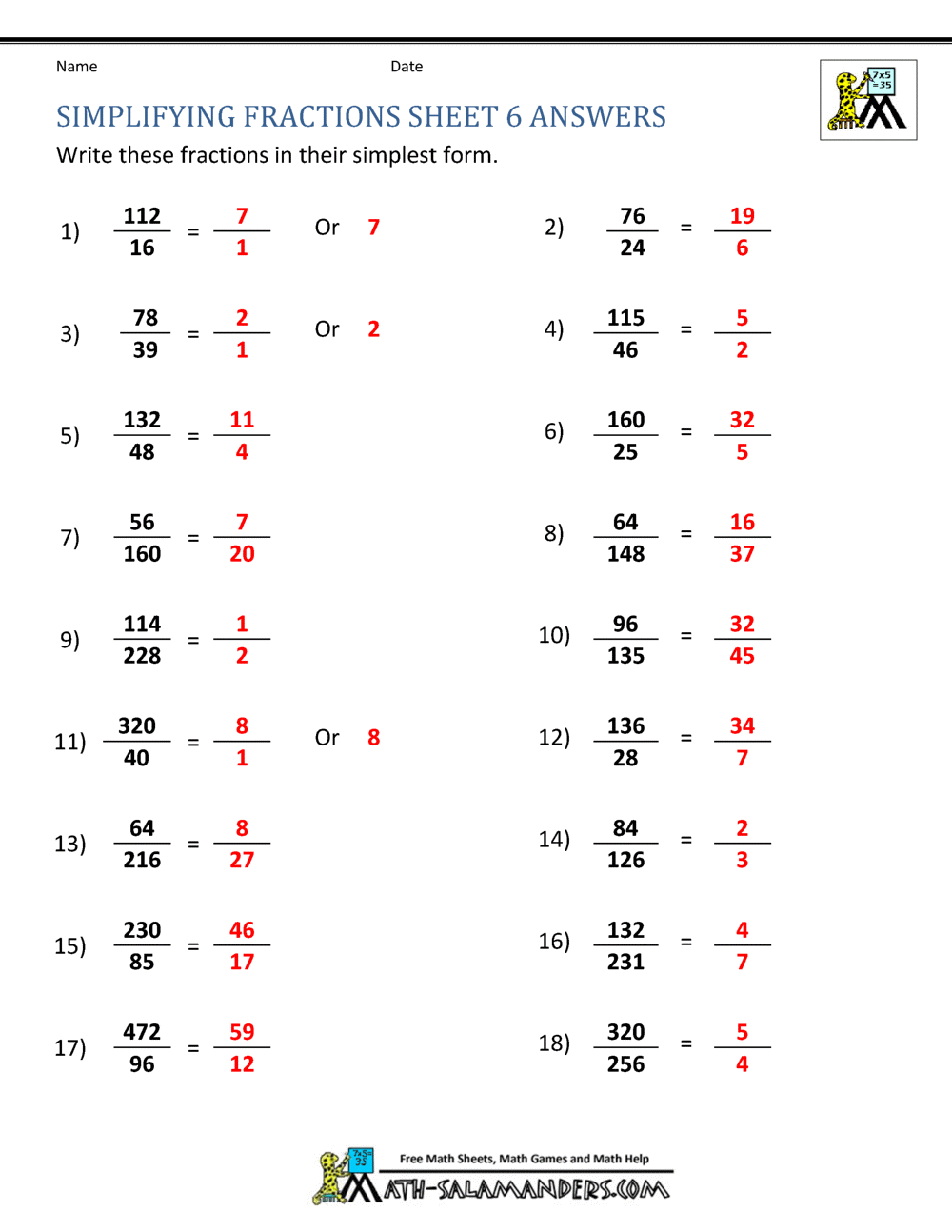



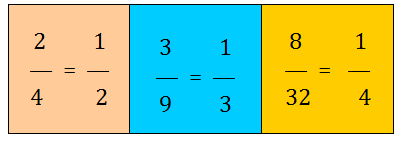
/Reduce-Fractions-1-56a602993df78cf7728ae238.jpg)
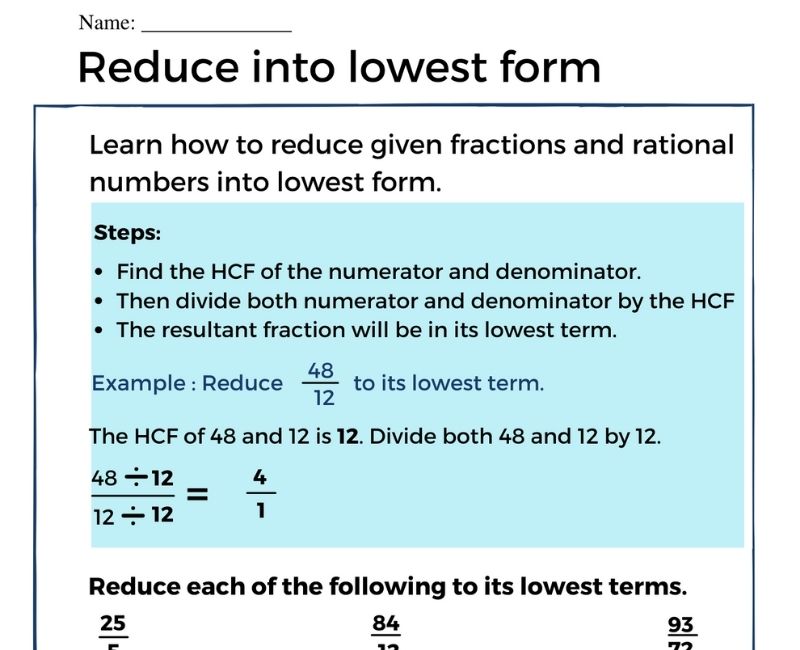
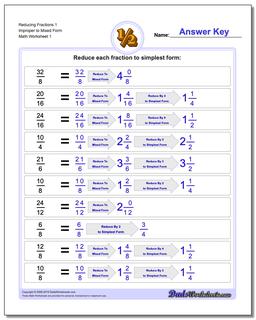




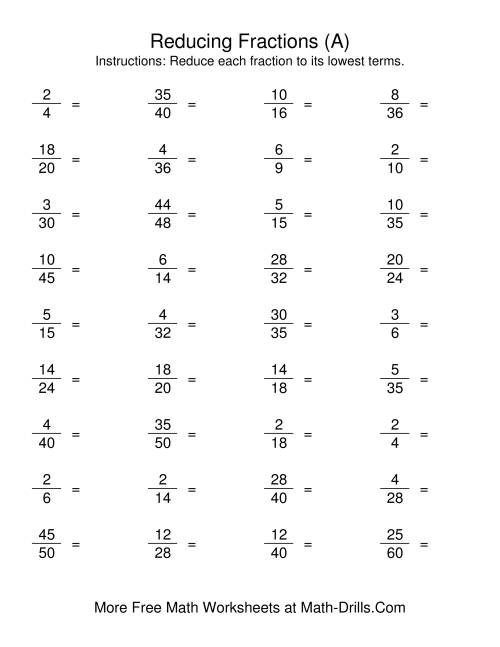
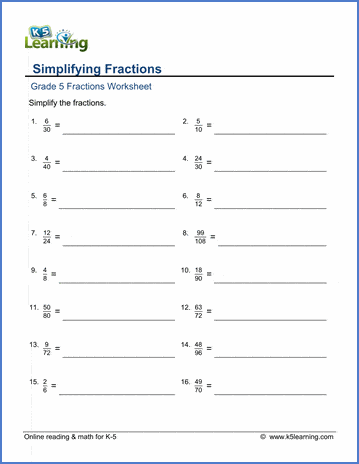
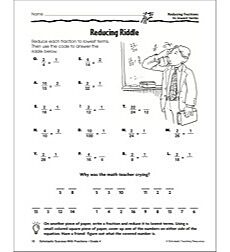
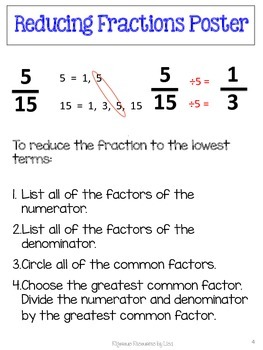
0 Response to "43 reducing fractions to lowest terms worksheet with answers"
Post a Comment